When it comes to bearded dragon diet, it is not only knowing the best or safe bearded dragon food list but also their right proportions, how to feed them, and much more.
Beardies are omnivores meaning they can eat both animals and plants, including some flowers. Vegetables, both leafy, no-leafy vegetables as well as herbs, form an essential part of the plant diet.
Vegetables are a good source of minerals such as calcium, sodium, potassium, magnesium, and iron. They also have fiber, folate, vitamin A and C, as well as phytochemicals such as carotenoids, among other nutrients depending on the specific type.
Finally, although the bearded dragon’s list of greens may include some wild and landscaping plants, we will cover it separately on safe plants and flowers that beardies can eat.
How to give them vegetables?
You need to know the right vegetable proportion depending on their age, whether they can be raw or cooked, canned or frozen, how to prepare them, and much more.
1. What amount of vegetables to feed them?
The quantities of veggies to feed your bearded dragon will depend on their age, i.e., whether they are babies, juveniles, or adults.
- Baby beardie – For baby breaded dragons, feed them 80% live foods such as crickets and some grubs and only 20% veggies. Give them greens, including vegetables, only 3-4 times in a week.
- Juvenile bearded dragons – In case yours are Increase the vegetable amounts to 40% and while reducing the amount of animal food source to 60%. These pets should have plants at least four times a week.
- Adults – For adult bearded lizards, their diet should comprise of 80% vegetables fed daily and 20% feeder insects such as crickets, Calci-worms, silkworms, black soldier fly, mealworms roaches, and other insects. Give them veggies every day.
Additionally, they should occasionally eat fruits, especially juveniles and adults. There are many fruits safe for bearded dragons. Don’t give them veggies alone without feeder insects and other foods, as this will make their diet unbalanced.
2. Cooked vs. raw
Whereas you can give them cooked or raw or fresh vegetables, we recommend fresh, raw ones as they are more natural and nutritious. Remember, while in their natural habitat, they do not eat cooked foods.
3. Fresh, frozen, canned, or dried veggies?
The best choice is to give them fresh veggies. If you go for dried ones, you need to sufficiently wet first. They will make them yummier and more appealing as opposed to dry ones.
Avoid giving your beardie canned vegetables unless you are sure they do not contain any preservatives or additives that may be unhealthy to this lizard.
Finally, there is nothing wrong with giving your beardie frozen vegetables. You only need to naturally defreeze as they may be too cold for them to eat.
4. Prepare a chopped or grated mix
For optimal nutritional benefits, mix several vegetables. Furthermore, to make eating much more straightforward, chop your bearded dragon veggie mix or grate it.
5. Dust with calcium and vitamins
These pets require calcium and multivitamin supplements. Buy a good brand of calcium powder or spray as well as a good multivitamins brand and dust in foods including in vegetable meals.
Newborns and babies should have their food dusted with calcium in every meal they eat for five days in week and vitamins in one meal, 2-3 times in a week.
For the case for juveniles, dust with calcium four times a week on their every food and vitamins on one of their meals three times a week.
Adult beardies should have calcium only once in a day for three days a week and vitamins once a day for two days a week.
6. Favorite or staple veggies
Before we look at each individually, you deserve to know some of their staple vegetables that include dandelion greens, turnip greens, squash, asparagus, alfalfa plant, collard greens, kale, endive (escarole, and frisée), mustard greens.
7. Have a bowl and remove leftovers
A feeding bowl will they don’t scatter their chopped veggies as they run around. Always pick any scattered ones as unpicked pieces may rot and cause germs. Also, do not allow them to eat leftovers, get a shallow bowl.
Which vegetables can I feed my bearded dragons?
There are many types of leafy and non-leafy vegetables loaded with different nutrients. Let us look at their safety, including the rare, occasional, and staple veggies for bearded dragons. We will also look at those you should not feed these pets.
1. Mizuna
Mizuna, also known as water greens, kyona, spider mustard, or Japanese mustard green, this is a cultivar of Brassica rapa var. with serrated, dark green leaves. It is rich in vitamins A, B, C, and K as well as antioxidants, fiber, and minerals.
Per 100g, it has 128.7 mg oxalates, 155 mg calcium, and phosphorus 58 mg. Like mustard green, it is safe for these pets.
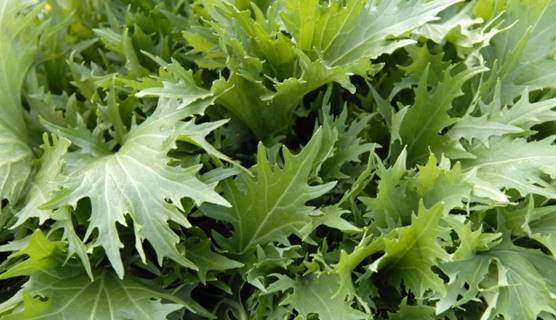
2. Cauliflower
Cauliflower has white broccoli-like heads that have a cheese curd appearance. However, there are also green, purple, and orange cauliflowers.
Beardies can eat cauliflower rarely since it has goitrogens, is low in calcium, and has double the amount of phosphorus when compared to calcium.

3. Carrots
Can my bearded dragon eat carrots? Yes. These reptiles can eat carrot and carrot greens but as an occasional vegetable. It is a good source of vitamin A including beta-carotene, potassium, vitamin B6, biotin.
However, its level of vitamin A is a little high, and excessive amounts may cause vitamin A toxicity, especially if given with other veggies high in this vitamin or supplements that have it. Its ratio of calcium to phosphorus is less than one, i.e., Ca = 33 mg and P= 35 mg per 100g.
When preparing carrots for bearded dragons, finely chop raw carrot greens or raw carrot to make eating easier. Stringy long grated carrot is most natural to eat. Cooked carrots are not harmful but may not be very nutritious and appealing.
Finally, some sources associate excess amounts with runny and smelly poop.
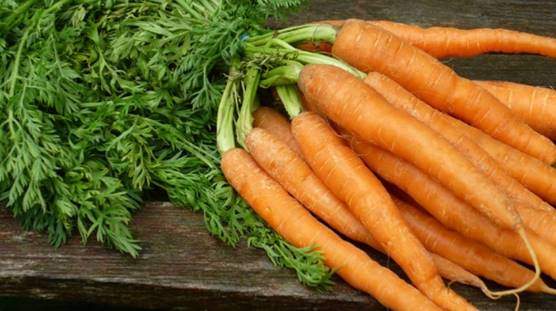
4. Dandelions
Dandelions are flowering plants in the genus Taraxacum is an excellent source of vitamin A, C, and K, folate, iron, calcium, magnesium, potassium and antioxidants.
Can beardies eat dandelions? Yes. Bearded dragons can have dandelions. All parts of these plants are suitable for these pets, i.e., you can give them stems, leaves, and flowers daily as a staple veggie.
For leaves and flowers, finely chop them to make eating easier. Although not poisonous, being a little fibrous, we recommend you dispose of the stems. However, you can still grate and offer them to this lizard. They are also healthy.
Finally, all kinds of dandelions are good for bearded dragons, including wild ones, if you are sure they are free from any pesticides, herbicides, insecticides, fertilizers, or other chemicals. You can also get dandelion greens from your local grocery store.
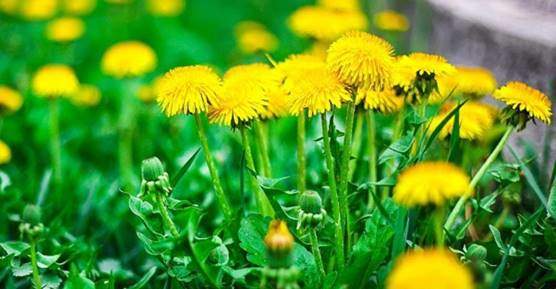
5. Parsnips
Parsnips are white carrot-like root vegetables in the family Apiaceae rich in fiber, vitamin C, K, E and B6, folate, zinc, and magnesium. They also have thiamine, phosphorus, potassium, among other nutrients.
Bearded dragons can eat parsnips occasionally. Although it has moderate amounts of oxalate, its Ca:P <1. Also, handle it with care since its leaves are toxic.
When feeding this herb to this reptile, peel it and grate it into narrow, stringy pieces.
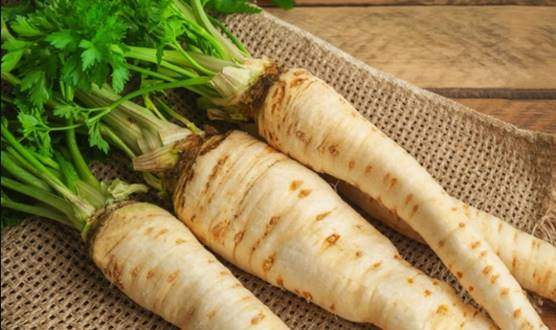
6. Potato
Potatoes are an excellent source of carbohydrates, potassium, vitamin C and B6 as well as folate. They also have iron, manganese, magnesium, phosphorus, niacin, fiber, and other nutrients.
Can bearded dragons eat potatoes, including raw and cooked ones? No, avoid giving your pets raw or cooked potatoes. They have a high amount of phosphorus that may affect calcium absorption.
However, a small piece of cooked potatoes, including mashed ones given rarely, will not harm this pet. However, they should not have raw ones.
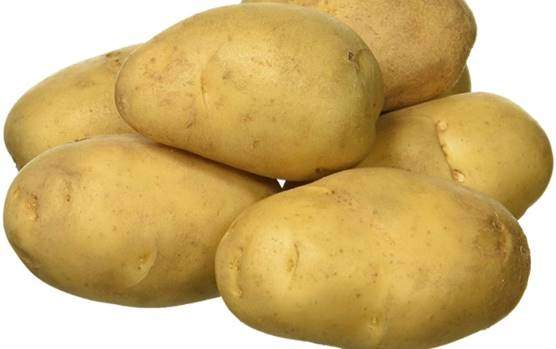
7. Sweet potatoes
Sweet potatoes have vitamin A, C, B5, and B6, carbohydrates, and potassium. They also have fiber manganese, copper, and niacin.
Is it safe for bearded dragons to eat sweet potatoes? Yes, while it is safe, this lizard should eat sweet potatoes as a rare treat. However, most beardies will refuse to eat raw, shredded sweet potatoes, while they may eat a small piece of cooked ones.
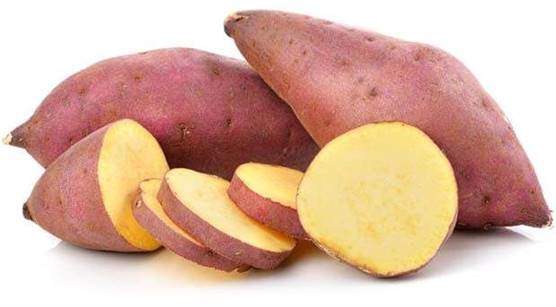
8. Radish and radish greens or leaves
Radish is a root vegetable whose leaves and seeds are also edible. Some subspecies include black, green, wild, oilseed radish and daikon.
Beardies can eat shredded uncooked radishes, both root and radish greens or leaves occasionally, like once in a week. Although high in goitrogens, radishes are nutritious.
Radish greens are a good source of Vitamin A, C, B6, magnesium, calcium, phosphorus, iron, potassium, folic, and so on. Its roots are also nutritious and have potassium, vitamin B, C, calcium, and so forth.
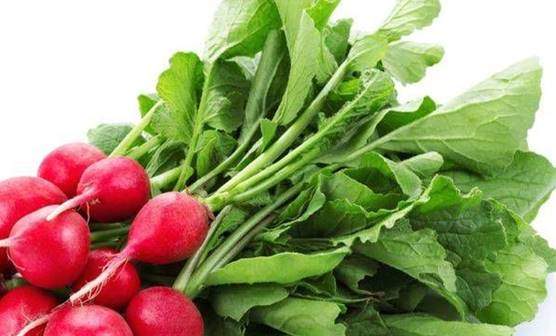
9. Rhubarb
Bearded dragons should not eat rhubarb, which is cultivated for its fleshy leafstalk since it is highly toxic. It has is a nephrotoxin that will damage their kidney and has high oxalic levels of about 1336 mg per gram of this plant.
This high oxalic acid will impede calcium absorption, and this can lead to metabolic bone disease. Do not give these reptiles any part of this plant. In case of accidental ingestion, give this pet water and contact your vet.

10. Turnips greens
Turnip or white turnip is a vegetable with an edible white fleshy root as well as edible leaves often referred to as to turnip greens.
Can bearded dragons eat turnip greens? Yes. Turnip greens are suitable for these pets. These greens are rich in calcium, iron, magnesium, potassium, vitamin such as vitamins C, A, and K, as well as carbs, fibers, among others.
It is one of the staple greens for these pets with moderate oxalates. All you need to do is chop it finely and give it to your beardie, they will love it and can have it daily.
Finally, the turnip roots are also nutritious and safe as an occasion vegetable since it has some goitrogens. Peel and shred it.
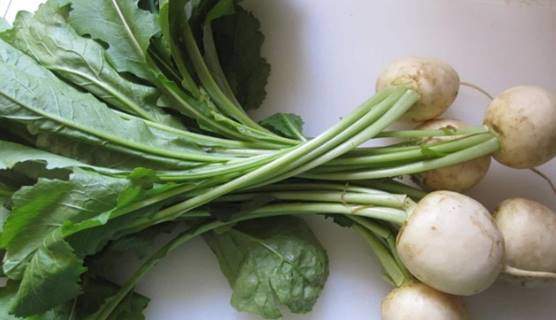
11. Corn and sweetcorn
Can bearded dragons sweetcorn eat corn? Yes. They can eat sweetcorn, corn on the cob as a vegetable while it is in its milk stage.
However, since it has a relatively very high amount of phosphorus when compared to calcium to only feed it to them as a rare treat, about once a month is enough.
Similarly, they can eat baby corn or any corn as a vegetable (before it matures) infrequently. Avoid salted canned corn and only give them if it does not have any harmful additives or preservatives, including salt.
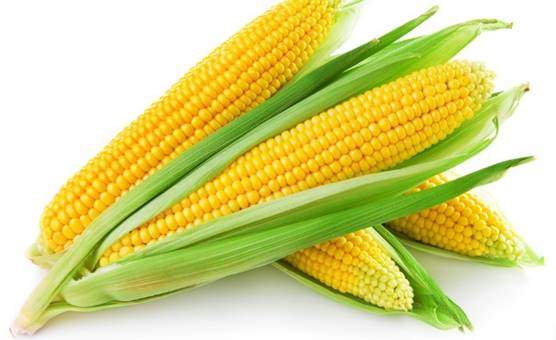
12. Swiss chard
Chard or Swiss chard is a very nutritious leafy vegetable with green or reddish leaves. It is high in vitamin A, C, E, and K as well as calcium, copper, magnesium, manganese, iron, and potassium.
Can bearded dragons eat chard? Yes. They eat swiss chard rarely, i.e., both the green and red chard because despite being very nutritious, it is high in oxalic acid, about 650 mg per 100g.
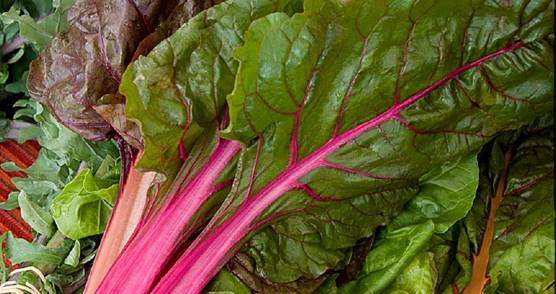
13. Acorn, butternut, and yellow squash
Squash belongs to the genus Cucurbita which has some edible species. Squashes are low-calorie vegetables loaded with vitamin A, C, E, thiamine, niacin, pyridoxine, folate, and magnesium.
Can my bearded dragon lizard eat squashes, including acorn squash, butternut squash, yellow squash, as well as Hubbard, scallop, winter, or spaghetti squashes? Yes. These lizards can eat all the mentioned types of squashes.
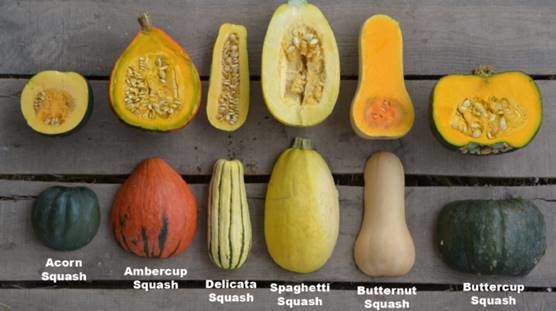
They are one of their very delicious and colorful staple vegetables, i.e., they can even have squashes daily. When offering squash to these pets, you need to chop them finely.
14. Okra
Okra, ochro, or ladies’ fingers is a vegetable whose pods are edible while still green as well as its leaves. It is a good source of fiber, magnesium, folate, vitamin A, C, K, and B6.
Beardies can eat okra as an occasional vegetable. You can shred or chop this vegetable and offer them once in a week or two weeks is ok.

15. Tomatoes and cherry tomatoes
Tomatoes are a popular vegetable whose common varieties include grape, red beefsteak, green beefsteak, plum, Campari, tomberries, pearl, cherry, cocktail, heirloom, and Roma tomatoes.
Can your beardie have tomatoes, including cherry tomatoes? Yes. They have can them as a rare vegetable offered once in a while or seldom. However, avoid the tomato plant as it is toxic.
Although tomatoes have potassium, vitamin A, C, antioxidants, potassium, and other nutrients, they are acidic (have citric acid) and have more phosphorus than calcium making them not so suitable for these pets.
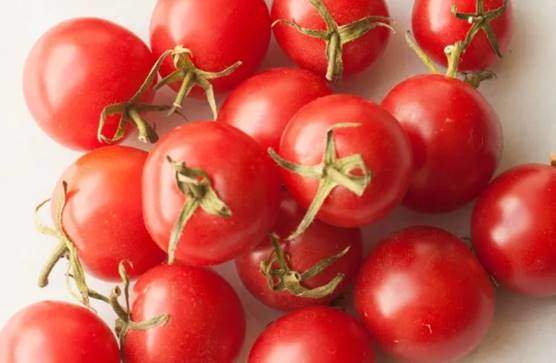
16. Soybeans
Soybeans or soya beans are an edible legume eaten as a cereal, or their pods edible while still immature (green), often known as Edamame.
Bearded dragons eat soybeans (edamame or green soy pods) as a rare vegetable, including canned ones. While it has proteins, dietary fiber, carbohydrates, vitamins B, C, E, and K as well as calcium, magnesium, iron, zinc, potassium, and manganese, its phosphorus level is way too high.
Remember, excess phosphorus may impair normal calcium absorption, and it also has goitrogens.

17. Garden cress
Cress or garden cress is a spicy edible herb related to watercress and mustard. Its primary nutrients include vitamin A, C, K, potassium, magnesium, calcium, iron, and phosphorus.
However, since it is high in oxalates, your beardie should eat cress as an occasional or rare vegetable. Once in a fortnight won’t harm your pet.
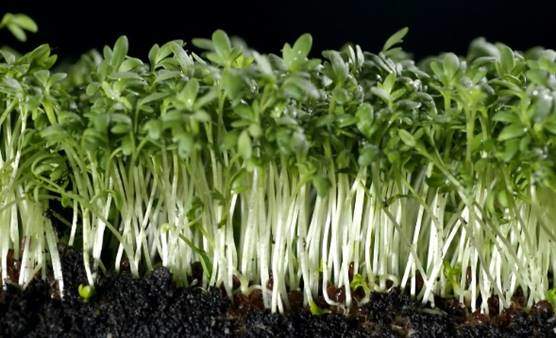
18. Watercress
Can I give my beardie watercress or yellow cress? If you love this perennial aquatic vegetable, you deserve to know that you can share it with your reptile infrequently.
Although it has many nutrients, including vitamins A, C, E, K, B6, thiamine, iodine, potassium, calcium, among others, it is high in oxalic acid, i.e., 310mg per 100g of watercress.

19. Lettuce like iceberg lettuce
Lettuce is an annual vegetable, part of popularly eaten salads that belong to the daisy family. It has many cultivars or varieties, including leaf lettuce (looseleaf), romaine lettuce, iceberg (crisphead), butterhead, Summercrisp, celtuce, and oilseed.
Lettuce has vitamin some A, C, K, folate, choline, potassium, calcium, phosphorus, among many others. Is lettuce good for beardies, and what kind or type of lettuce can your bearded dragons eat?
Adult, juvenile, or baby bearded dragons should eat any type of lettuce, including iceberg lettuce, red leaf lettuce, and romaine lettuce. While it is not toxic apart from bitter lettuce that is high in oxalates and beardies may seem to like it, it has little nutritional value to these pets, with over 96% of its content being water.
Furthermore, giving an excessive amount of loose leaf and iceberg lettuce may cause watery poop or diarrhea. However, this salad veggie is handy in case of dehydration. There is no best variety of lettuce you can give these pets.
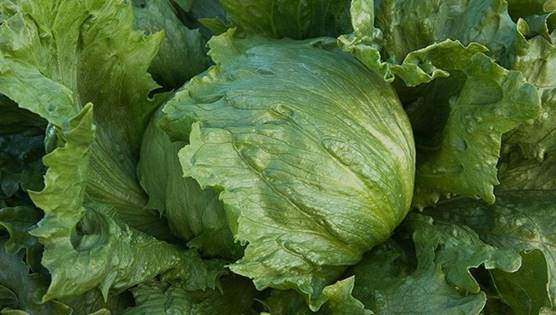
20. Arugula or rocket salad
Rocket salad or arugula is an edible vegetable in the cabbage family that has a fresh, peppery, tart, and bitter flavor. It is a good source of calcium, potassium, folate, vitamin C, vitamin K, vitamin A.
Can bearded dragons eat arugula? Yes. They can have this vegetable occasionally. Preparing a vegetable mix that has it once in a week or so is fine. However, since it has a bitter taste, some of these lizards may not like it.
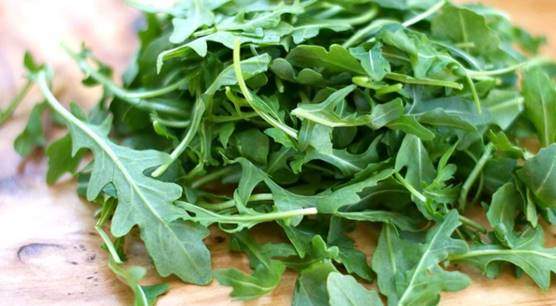
21. Mustard greens
Vegetable mustard, also known as brown, Chinese, India, leaf, or Oriental mustard, is an edible vegetable species of the mustard plant. Some of its cultivars include the leaf mustard, Korean red mustard, Japanese giant red mustard, curled leaf mustard, mizuna, large-petiole mustard, horned mustard, and head mustard.
Bearded dragons can eat mustard greens. It is one of the vegetables these pets can have daily. They will benefit from its vitamin A, and C. Do not worry about oxalates as they are moderate, and if you dust these pet’s food, you have nothing to bother you.
When preparing mustard greens for your beardie, cut them into small pieces to make eating much more manageable.
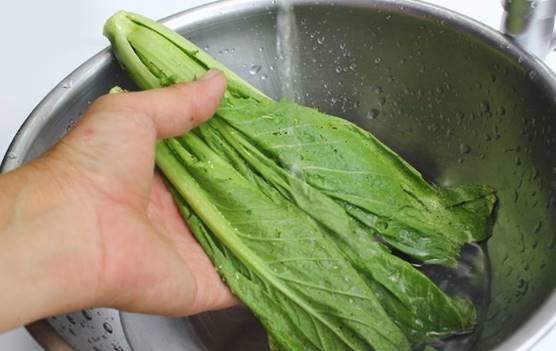
22. Aubergine or eggplant
Eggplant (Aubergine or brinjal) is a spongy fruit used a vegetable whose fruits have an elongated oval or a fingerlike shape that may be purple, white, green, or other colors.
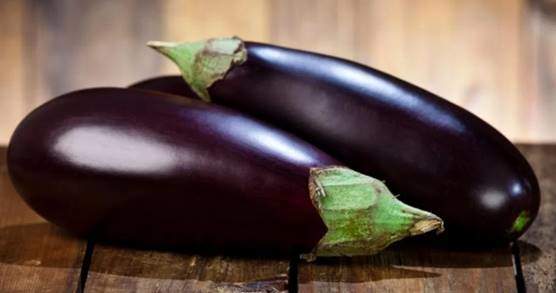
Can bearded dragons eat cooked or raw eggplants? No. You should not give these pets raw or cooked eggplant as it is harmful. These pets should not eat any part of eggplants, including its leaves.
23.Asparagus
Asparagus, garden asparagus, or sparrow grass is a spring vegetable loaded with vitamin A, C, K and E, folate, potassium, phosphorus, calcium, iron, among other nutrients.
If asparagus is one of your spring vegetables, you deserve to know that your beardies can have a share of it occasionally. Both cooked and raw asparagus is safe. However, it has an amount of phosphorus is higher than calcium, a reason why it should not be a staple veggie.

24. Alfalfa sprout and plant
Bearded dragons can eat alfalfa sprouts once in a while. It is a good source of vitamin C, K, riboflavin, copper, manganese, folate, thiamin, iron, and magnesium, but a higher ratio of phosphorus to calcium. However, the alfalfa plant is a good staple that these pets can eat daily if necessary.
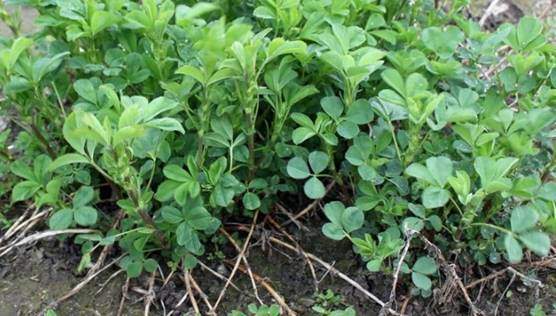
25. Beans and bean sprout
Beans are legumes in the family Fabaceae with numerous varieties including runner beans, lima beans, pinto bean, black bean, kidney bean, mung beans, adzuki bean, string beans, among many others.
Bearded dragons can eat beans, bean sprouts, and bean plants, including green beans, once in 1-2 weeks. They are safe. However, their calcium level is low, and its ratio to phosphorus is less than one.
All types of this legume, including the lima, string, black, and runner’s bean and their immature bean pods (green beans), are ok. Consider mixing them with staple veggies such as collard greens, dandelion greens, endive, escarole, turnip greens, squash, among theirs.
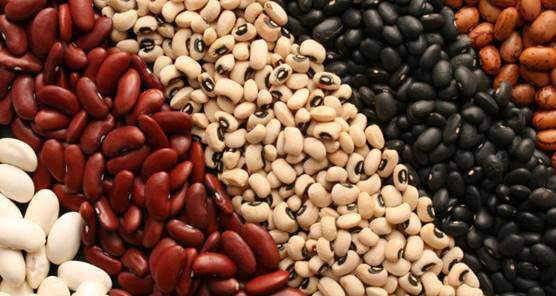
Similarly, canned beans are ok but must but should be given rarely. However, avoid dried beans as these pets will not be able to eat them.
26. Peas, snap peas and snow peas
Peas, including garden pea (Pisum sativum), sugar snap peas and snow peas are popular annual legumes that are while still green (with immature seeds) or as cereals.
They have proteins, vitamin A including beta-carotene, C, K, thiamin, folate, manganese, iron, and other nutrients.
A bearded dragon can eat peas, snow peas or mangetout and snap peas including canned and frozen ones. However, green peas are high in phosphorus with a calcium to phosphorus ratio is 1:4.3, making them not the best choice of food.
Finally, the pea pods, pea shoots, and pea plants are safe to your beardie as an occasional veggie since they are also high in phosphorus.
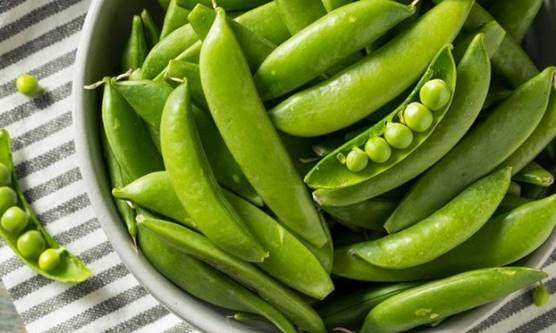
27. Chickpea
Chickpeas (grams, Bengal grams, garbanzo, garbanzo beans, Egyptian pea, chole or chana) is another annual legume you should consider giving to your beardies occasionally.
Like most beans and peas, they are high in phosphorus and relatively low in calcium, making then not a good staple food to these pets.
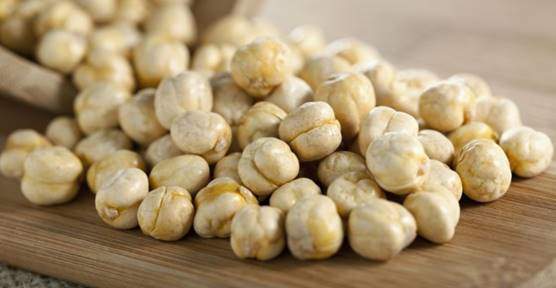
28. Collard greens
Collard greens (haakh, couve, Sukuma wiki, or mbida) is a dark green leafy vegetable popular in southern parts of the United States, East Africa, Zimbabwe, Kashmir, Brazil, Portugal, among other places.
Can bearded dragons eat collard greens? Are these vegetables good or bad for these pets? Beardies can have collard greens. They are one of their staple veggies.
They are high in calcium and have vitamins A, C, E, K, iron, magnesium, potassium, among other nutrients, and their oxalates are moderate.
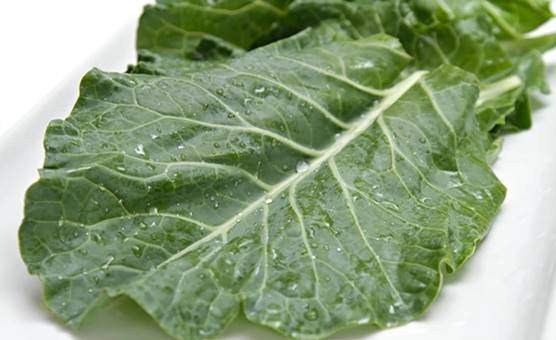
29. Can bearded dragons eat kale?
Yes. Beardies can have kale (leaf cabbage) once in a while, such as once per week or after two weeks. All its cultivars such as curly leaf (scots kale, blue curled kale), bumpy leaf (black cabbage, Tuscan cabbage, cavolo nero, lacinato), baby kale, plain leaf (red Russian and White Russian kale) and the leaf and spear are safe.
Nutritionally, this vegetable is a good source of vitamins A, C and K, folate, manganese, calcium, iron, copper, potassium, and magnesium. Its oxalates are moderate, but kales have goitrogens making it not an ideal staple vegetable for these pets. However, it is not bad for them.
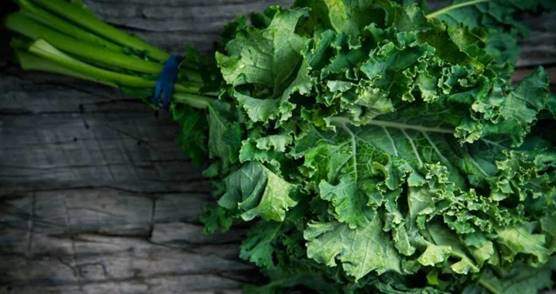
When feeding kale greens to these pets, remove the stems and chop it to thin strips and mix it with other healthy greens.
30. Cabbage including red cabbage
Cabbage is a name given to several Brassica oleracea cultivars with heads that have dense leaves. Its common varieties are savoy cabbage, spring greens, green cabbage, white cabbage (Dutch cabbage), and the red cabbage.
Can bearded dragons eat cabbage, including the red (purple cabbage), green, savoy, or white cabbage? Yes. Your beardies can have cabbage occasionally.
Some of the cabbage nutrients include vitamin C, folate, manganese, vitamin B6, calcium, potassium, magnesium, and others, while its oxalates are low to moderate depending on the specific variety.
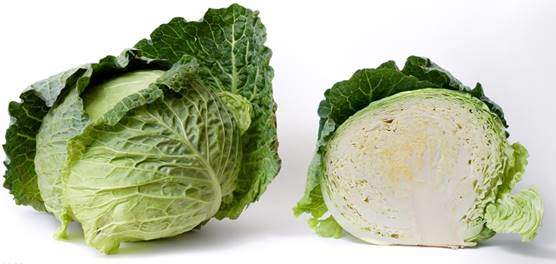
Furthermore, green cabbage is high in goitrogens while the red cabbage is lower in these toxins, making it a better choice.
31. Spinach
Spinach is a popular leafy veggie and a good source of vitamin C, K, and B6, folate, manganese, calcium, potassium, and magnesium.
Is spinach good for beardies? No. Spinach is not suitable for beardies, and they should not eat it because it is high in oxalates, standing at 970 mg per 100 g and has goitrogens. Since oxalate binds with calcium, there is a possibility of a deficiency of calcium that will result in metabolic bone disease.
While a small amount on infrequent occasions may not cause much harm, avoid feeding spinach plants (leaves and stem) to your beardies. Some owners have noted a loose stool when these reptiles eat spinach.

32. Cucumbers
Cucumber is a fruit used in culinary as a vegetable. There are several cultivars of cucumber commonly grouped into slicing, pickling, and burpee (seedless). The apple, Persians, East Asian, Lebanese, Armenian, Schälgurken, and Dosaka are some of the seedless cultivars.
Cucumbers are ok for these beardies but should be fed to these pets occasionally since they have little nutritional value, i.e., have lots of water and may make their stool watery
However, cucumbers are useful in keeping this pet well hydrated and will provide it with vitamin C, K, magnesium, potassium, manganese, among other nutrients.
Peel and slice them into small pieces before giving them to this lizard, including with the seeds.
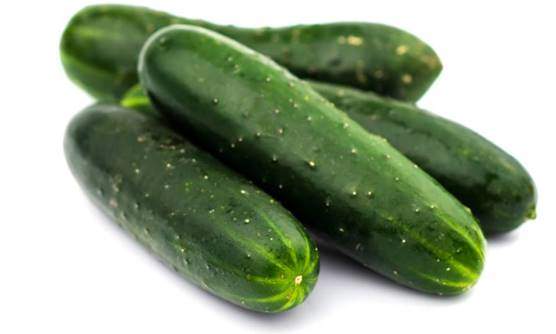
33. Broccoli
Broccoli is a cruciferous vegetable whose common varieties include calabrese broccoli, sprouting broccoli and purple cauliflower. Note that rapini or broccoli rabe is not the same as broccoli but closely resembles each other.
Can bearded dragons eat broccoli? Yes. They can munch raw, or steamed eat broccoli given rarely. Shred broccoli, including its leaves before offering them to this pet.
While it has vitamin A, C, K, folate, potassium, phosphorus, and selenium, it is low in calcium, and its calcium to phosphorus ratio is less than one. Furthermore, it also has goitrogens.

34. Broccoli rabe and broccolini
Bearded dragons can eat broccoli rabe or rapini once in a while. However, they may not like its bitter, nutty, and pungent flavor. Also, rapini has goitrogens and a higher level of phosphorus when compared to calcium.
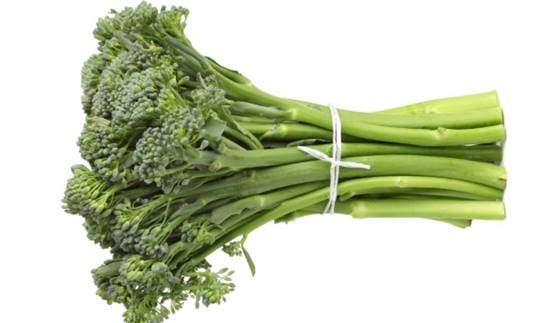
Broccolini is also safe for beardies and can be part of their veggie mix occasionally.
35. Endive, escarole, and frisée
Endive is a leafy vegetable with two cultivars, the frisée or curly endive, and the broad-leaved endive or escarole.
Bearded dragons can eat endive, including escarole and frisée. It is one of the staple greens that these reptiles can have daily.
Endive is a good source of vitamin A, C and K, folate, potassium, calcium, and magnesium.
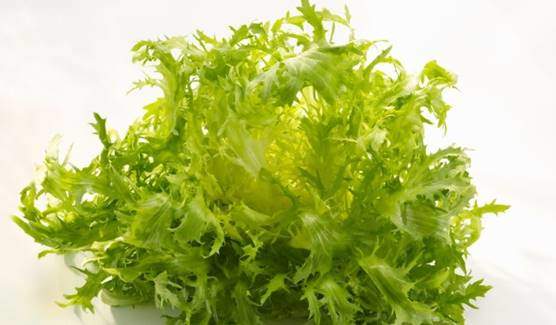
36. Zucchini or courgette
Zucchini, courgette, or baby marrow is a summer squash used as a vegetable that looks like a cucumber.
Beardies can eat raw courgette or zucchini as a treat occasionally. When serving it to them, shred it into small pieces before offering it to these reptiles. This vegetable is with vitamin A, B6, C, and K, manganese, potassium, magnesium, folate, copper, phosphorus, and thiamine.
However, these zucchinis are high in phosphorus, if fed frequency can lead to depletion of calcium, causing metabolic bone disease.
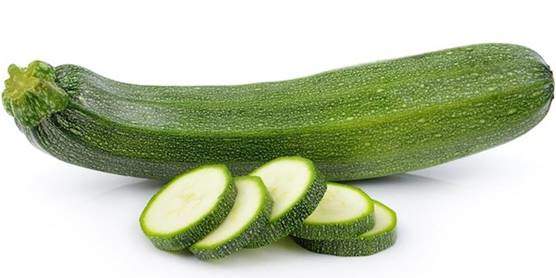
Conclusion
If your bearded dragon is not eating greens, there are many reasons, including the reasons why they may not be eating any food. Try enticing them, change the greens, and so on.
